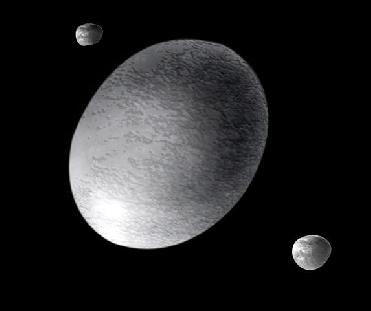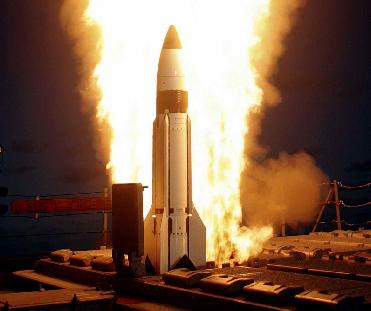
PARIS (BNS): A solar body discovered in 2005, has now been classified as the fifth dwarf planet in the solar system, with Haumea as its name.
Members of the International Astronomical Union’s Committee on Small Body Nomenclature (CSBN) and the International Astronomical Union (IAU) Working Group made the decision after discussions for Planetary System Nomenclature (WGPSN). This now means that the family of dwarf planets in the Solar System is now comprised of Ceres, Pluto, Haumea, Eris and Makemake.
The discovery of Haumea was announced in mid-2005, and the object was initially given the provisional designation of 2003 EL61. It is a bizarre object with a shape resembling a plump cigar. Its diameter is approximately the same as that of the dwarf planet Pluto; however, its odd shape means that it is much thinner. It is also known to be spinning very fast, making one rotation in about four hours. Some have suggested that this rapid rotation could be the reason Haumea came to look as it does - the dwarf planet has been drawn out and elongated by its swift spin.
Haumea sits among the trans-Neptunian objects, a vast ring of distant cold and rocky bodies in the outer Solar System. At this moment it is roughly 50 times the Sun-Earth distance from the Sun, but at its closest the elliptical orbit of Haumea brings it 35 times the Sun-Earth distance from our star.
Haumea is the name of the goddess of childbirth and fertility in Hawaiian mythology. The name is particularly apt as the goddess Haumea also represents the element of stone and observations of Haumea hint that, unusually, the dwarf planet is almost entirely composed of rock with a crust of pure ice.
Hawaiian mythology says that the goddess Haumea's children sprang from different parts of her body. The dwarf planet Haumea has a similar history, as it is joined in its orbit by two satellites that might have been created by impacts with it in the past. During these impacts, parts of Haumea's icy surface were blasted off. The debris from these impacts is then thought to have gone onto form the two moons.
After their discovery, in 2005, the moons were also given provisional designations, but now they too have been given names by the CSBN and the WGPSN. The first and largest moon is to be called Hi'iaka, after the Hawaiian goddess who is said to have been born from the mouth of Haumea and the patron goddess of the island of Hawai'i. The second moon of Haumea is named Namaka, a water spirit who is said to have been born from Haumea's body.
 Next Article
Next Article













The Indian Air Force, in its flight trials evaluation report submitted before the Defence Ministry l..
view articleAn insight into the Medium Multi-Role Combat Aircraft competition...
view articleSky enthusiasts can now spot the International Space Station (ISS) commanded by Indian-American astr..
view article